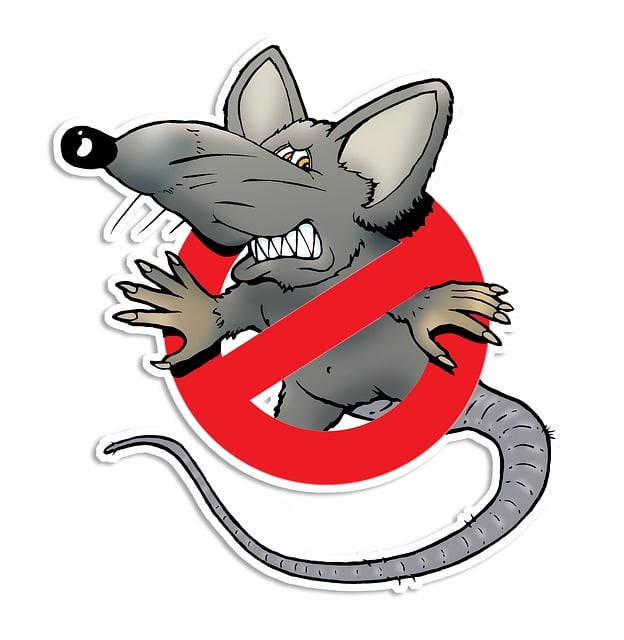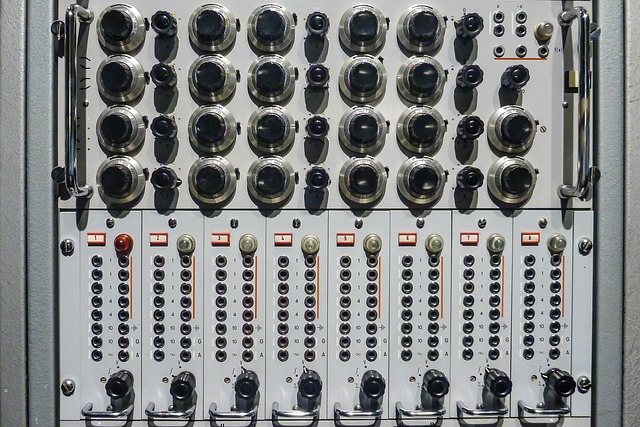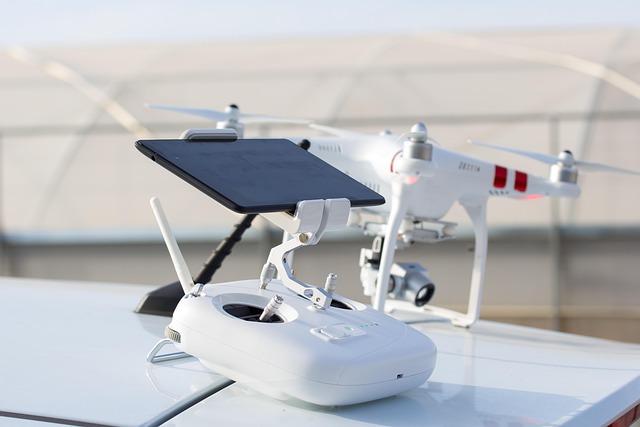Rodent infestations from rats and mice pose significant health risks, contaminating food sources with diseases like salmonella and hantavirus. They also cause substantial property damage and attract other pests. Effective Rodent Control involves understanding their distinct behaviors and entry points (gaps, vents, unscreened windows) for tailored strategies. Modern rodent control methods prioritize safety and eco-consciousness with heat traps, sound waves, strategic baiting, and non-chemical repellents. Professional services offer faster resolution, minimization of property damage, long-lasting results, and comprehensive prevention plans, ultimately safeguarding health and maintaining property integrity. Preventive measures include sealing entry points, regular cleaning, maintaining a clean environment, using natural repellents, and conducting routine inspections.
Rodents can cause significant damage to homes and businesses, posing health risks and leading to costly repairs. Understanding rodent infestations, their entry points, and impact is crucial for effective rodent control. This article delves into common types of rodents, their preferred entry points, and the far-reaching consequences of an unchecked infestation. We explore traditional vs. modern rodent control methods, highlighting the benefits of professional services for safe, effective, and lasting rodent extermination. Learn how to prevent future invasions and protect your space with expert advice on rodent control.
Understanding Rodent Infestations: Common Types and Entry Points

Rodent infestations can be a significant problem for both residential and commercial properties, causing extensive damage to structures and belongings. Understanding the common types of rodent infestations and their entry points is crucial in implementing effective rodent control measures. The most common rodents include rats and mice, each with distinct behaviors and habits that determine their access points into buildings.
Rats are larger and more aggressive, often entering through pipe openings, vents, or any visible gaps around utility lines. They are known for their excellent swimming abilities, allowing them to gain access from bodies of water nearby. Mice, on the other hand, prefer smaller entry points such as cracks in foundations, unscreened windows, or open doors. They are also more agile, capable of squeezing through spaces as narrow as 3/8 of an inch. Identifying these entry points is essential for professionals offering rodent extermination services, as it enables them to employ tailored strategies for each specific infestation.
The Impact of Rodents on Health and Property

Rodents, including rats and mice, pose significant risks to both health and property. Their presence can lead to various sanitary issues as they contaminate food sources with urine, feces, and bodily fluids, increasing the risk of diseases like salmonella, leptospirosis, and hantavirus. These diseases can be transmitted through direct contact or inhalation of contaminated particles, posing severe threats to human health.
Moreover, rodents cause substantial property damage by gnawing on wires, insulation, and wood, leading to electrical fires, structural instability, and reduced property values. They also attract pests like ticks and fleas, further complicating the problem. Effective rodent control is therefore crucial for maintaining a safe, healthy living environment and preserving the integrity of properties.
Traditional vs. Modern Rodent Control Methods

In the realm of rodent control, traditional methods have long been the go-to solution. These methods often involve toxic chemicals, traps, and pesticides, which can be effective but also come with significant drawbacks. Not only are they potentially harmful to humans and pets, but they may also cause environmental damage and contribute to resistance in rodents over time.
Modern rodent control methods, on the other hand, offer a more sophisticated and eco-friendly approach. These innovative techniques leverage advanced technology, such as heat traps, sound waves, and even natural predators, to eliminate rodents humanely. They prioritize safety, reduce environmental impact, and provide long-term solutions by addressing the root causes of rodent infestation. In terms of Rodent Control, modern methods stand out for their effectiveness, sustainability, and commitment to non-lethal alternatives.
Benefits of Professional Rodent Extermination Services

Rodent extermination services offer numerous benefits, especially for homeowners and businesses facing persistent rodent infestations. Professional exterminators bring expertise and specialized tools to effectively eliminate rodents, ensuring a faster and more efficient resolution compared to DIY methods. They employ safe and targeted strategies, minimizing the risk of property damage and potential health hazards associated with rodents.
Moreover, these services provide long-lasting results, preventing future infestations through comprehensive inspections and tailored prevention plans. By addressing the root causes of rodent presence, such as food sources and entry points, professional exterminators help maintain a clean and safe environment. This not only saves time and money in the long run but also safeguards against potential health risks and structural damage caused by rodents.
Safe and Effective Extermination Techniques

When it comes to rodent control, safety is paramount. Modern extermination services employ a range of effective yet safe techniques designed to eliminate rodent infestations while minimizing risk to humans, pets, and the environment. One such method involves the strategic use of baits, which are appealing substances that lure rodents away from their habitats and into traps or, in some cases, lead them to a controlled end. These baits are carefully formulated to be palatable but non-lethal, encouraging targeted behavior without causing harm.
Another preferred approach is the use of non-chemical repellents. These can include both physical barriers like steel mesh and chemical deterrents that disrupt the scent trails rodents use to navigate their environment. By disrupting these cues, rodents are less likely to return or establish new colonies, effectively controlling the population without resorting to harmful substances. Such safe and effective techniques not only resolve current infestations but also help prevent future outbreaks, ensuring a safer and more hygienic living space for all.
Preventing Future Rodent Invasions

After effectively addressing a rodent infestation, preventing future invasions is paramount for maintaining a pest-free environment. The first line of defence involves implementing robust rodent control measures that go beyond immediate extermination. This includes sealing entry points like gaps in walls, attics, and windowsills with appropriate materials to deter rodents from re-entering. Regular cleaning and sanitising are also crucial, eliminating sources of food, water, and shelter that may attract these pests.
Additionally, maintaining a clean environment by promptly addressing spills, storing food in airtight containers, and keeping outdoor areas tidy significantly reduces the appeal of your property to rodents. Using natural repellents like peppermint oil or cinnamon around entry points can also serve as a non-toxic deterrent. Regular inspections should be conducted to identify potential signs of rodent activity early on, allowing for swift intervention before a full-blown infestation occurs again.
